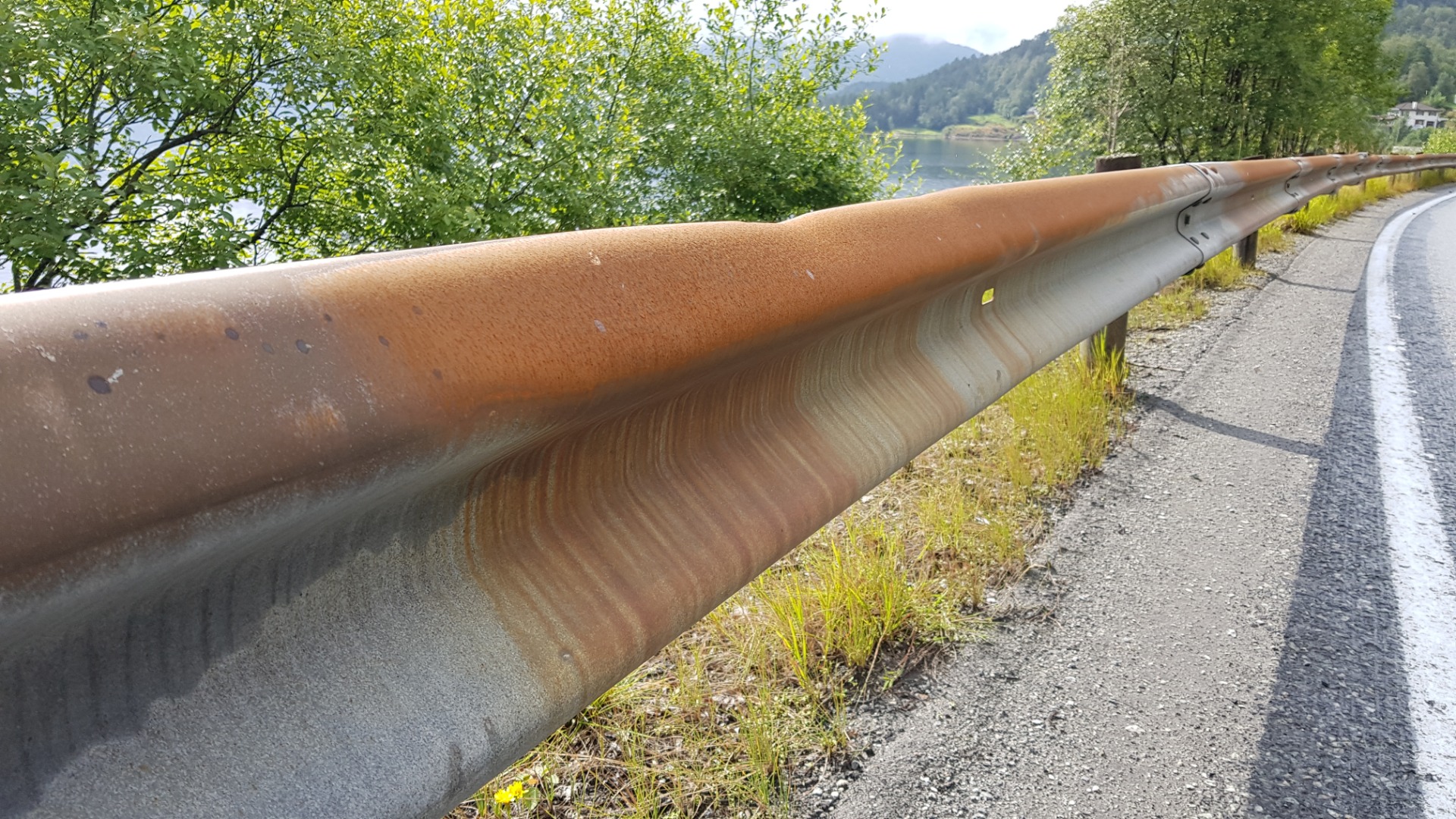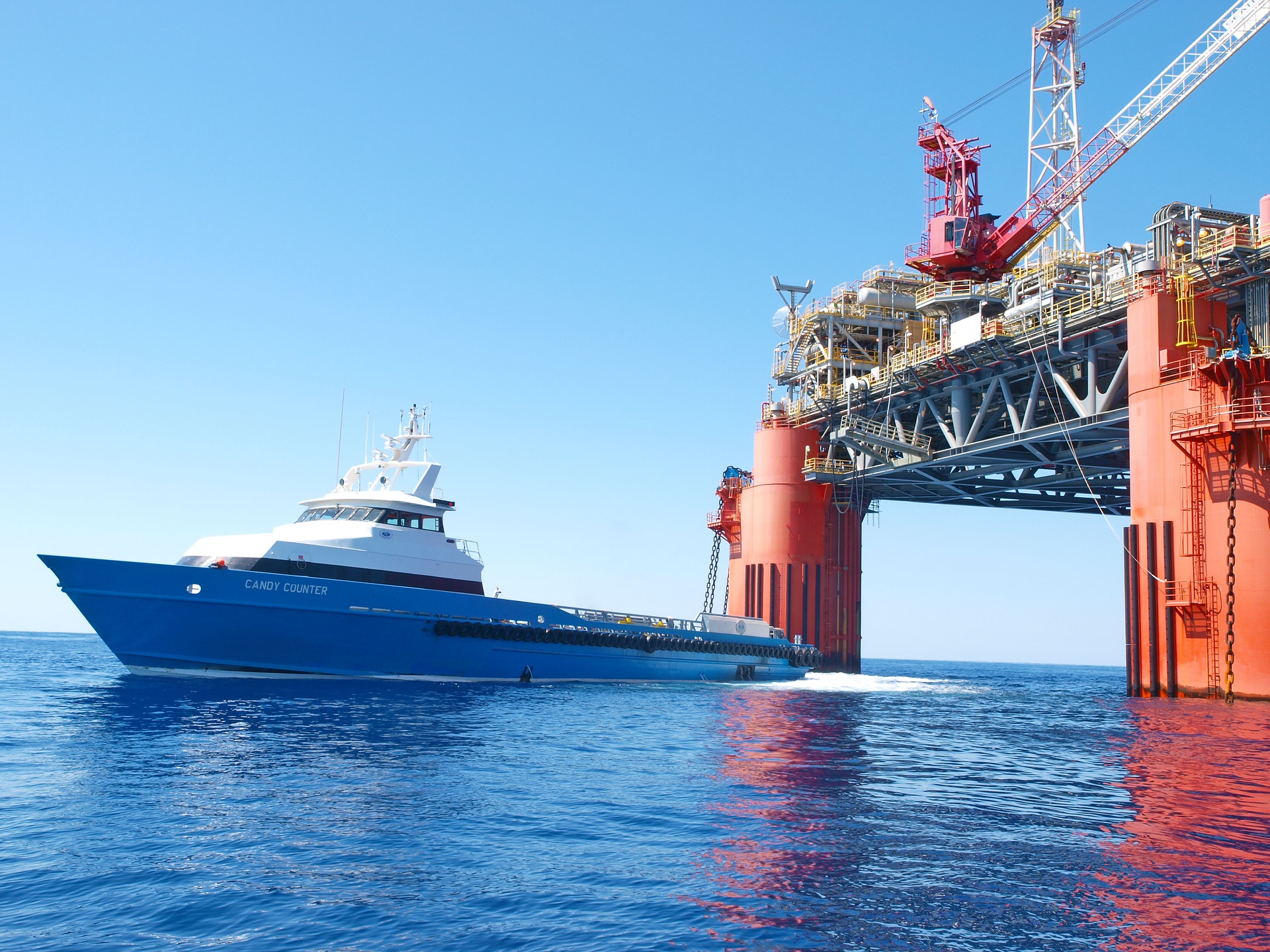DSALT provides a cost-effective, simple and sustainable maintenance, and extends the life of anything deteriorated by salt / corrosion.
What is DSALT?
DSALT - a salt remover that removes salt effectively and environmentally friendly, dissolves light surface-dirt, prevents new salt from sticking, and leaves an invisible anti-corrosion film.
The product is biodegradable.
Salt is a catalyst for the emergence of rust and corrosion. Salt has properties that attract both humidity and oxygen, and this speed up the process greatly. Effective salt removal is therefore essential in any maintenance where salt should be removed.
As a private person, we often experience rust problems on the chassis and brakes on a car, boat engines, diving equipment, etc., especially the winter season with road-salting is a challenge.
With regular use of DSALT, the result is less salt / corrosion, less maintenance, increased life of equipment, and better economy.
Salt is not just something you use for making food taste better. It can also preserve food, and it can help us fight slippery roads. But it can also make the roads slippery under certain circumstances. One thing that is at least certain - is that salt has been with us since time immemorial. And since Roman times, salt has created a major problem. CORROSION.


DSALT provides a cost-effective, simple and sustainable maintenance, and extends the life of anything deteriorated by salt / corrosion.
What is corrosion? It`s derived from Latin; «Corrodere», which means «to gnaw to pieces» or «to eat». It attacks metals, concrete, plastic and glass to name a few. Salt (from road or sea) together with, among other things, humidity and oxygen - gives corrosion perfect conditions to develop. Damage related to corrosion is enormous both in Norway and globally.
DSALT can prevent corrosion. DSALT is a salt remover that very effectively removes salt and leaves an invisible anti-corrosive film. It also loosen light surface-dirt, prevents new salt from sticking, and the product is biodegradable. It should only be applicated, and then rinsed off with fresh water.

DSALT provides a cost-effective, simple and sustainable maintenance, and extends the life of anything deteriorated by salt / corrosion.
When it comes to road salt, it is the chlorine in the salt that is the culprit. Chlorine binds easily to other elements such as oxygen or metals. The decomposition process (rust), therefore, begins with the chlorine in the salt. It is very important to get this salt removed as soon as possible. Removing bound salt by rinsing with fresh water is a hopeless task, but by rinsing with DSALT, the chlorine in the salt will loosen from the substrate, floats off with the water and slow down the rust process. In DSALT, we have also added corrosion inhibitors that further delay the corrosion process.
The problem with pure metals is that they oxidize when exposed to oxygen and water/humidity. Steel rusts, and aluminum corrodes. The processes take place quickly, and the pure metal is quickly converted back to a substance similar to the original raw material.
Salt ensures that oxygen and moisture/humidity do not leave a corrosive material. An example is steel boats and containers etc. During maintenance, it is not possible to sandblast or grind away all the salt from the pores in the steel. And as many do not know, the sand itself used for this contains salts, and many soaps contain salts. So, to remove the harmful salt completely, DSALT must be used so that the chloride in all the salt releases the bond to the substrate, and floats away with the water when rinsing afterwards. That's how easy it can be done.
Tests show that a wash with DSALT reduces the remaining surface salt to 1mg / less than 1mg per m2!
How does DSALT work?
DSALT is a mild product that removes chlorine (salt consists of sodium and chloride - NaCl) by breaking the bond between the chloride and the substrate so that the salt flows / is flushed off the surface. DSALT is very efficient, delivered in concentrate, and mixing ratio is 1: 100.
1 liter of DSALT gives 100 liters of finished product. It is important to follow the dosage indicated on the jugs. The mixture can be increased in concentration if you have strong salt accumulation in, for example, the engine. A more powerful mixture will have an effect on dissolving the salt from the surface, and you can repeat the procedure if necessary.
DSALT is an excellent product, whether you are a professional user or private.
DSALT provides a cost-effective, simple and sustainable maintenance, and extends the life of anything deteriorated by salt / corrosion.
- Salt is a mineral consisting mainly of sodium chloride (nacl)
- Salt content; seawater approx. 3.5% - tap water approx. 4mg per 100mg
- Salt is hygroscopic - i.e. it absorbs moisture from the air
- Salt increases the water's ability to conduct electrons - which increases the corrosion process
- The chloride ions in salt also break down the protective oxide layer that protects certain types of metal
- If the salt is not removed effectively enough, it will be subject to other treatments that will be applied later
- Salt is the catalyst in corrosion - also affected by humidity, pollution, temperature, amount and acid rain
- Saline solutions cannot be neutralized. Solutions that are either acidic (pH 1.0-6.9) or alkaline (pH 7.1 - 14.0) can be neutralized. The pH of a saline solution is 7.0. No product or substance can «neutralize» a solution that is already neutral.
There are many types of corrosion. Common to them all is that the salt accelerates the corrosion process.
The most usual forms of corrosion are:
- SURFACE CORROSION - general corrosion - even corrosion on the surface.
- PITTING CORROSION - point corrosion - typical of aluminum alloys, often occurs where the oxide layer on the metal is gone. The corrosion can be far more prominent under, for example, a coat of paint than what can be visually seen on the surface.
- EROSION CORROSION - occurs when moving between metal and the corrosion medium. Typical of pipes and pumps, valves etc.
- STAGNATION CORROSION - occurs in places where moisture does not drain away or evaporate. Typically, in gaskets, pits, screw / nut fasteners, hooks and corners.
- GALVANIC CORROSION - occurs when «precious» metals are in contact with «less precious» metals. The «precious» metal then acts as a cathode, while the «less precious» acts as an anode. The metals are electrochemically different.
- STRESS CORROSION - often appears as cracks due to tensile stress and corrosion. Can often be due to external factors, variations in temperature welding / heat treatment etc.
- ATMOSPHERIC CORROSION - occurs when oxygen in air reacts directly with metal and preferably salt.
- CHEMICAL CORROSION - occurs by contact between metals and oxygen / hydrogen. The metal reacts by forming oxides, hydroxides or sulfides.
Products
It is easy to get started by using our DSALT 1-liter bottle with concentrate or one of our practical sprayers that are directly connected to the garden hose / high pressure washer.
DSALT ClearView keeps the windows extra clean. One cork in the washer fluid is enough for 5 liters of washer fluid. This gives ClearView, free of white salt streaks / salt stains on the window.
DSALT Mixer is a unit that you can easily connect to the seawater inlet on the out boarder-engine, jet ski or high pressure washer.
DSALT Underwasher is a great tool that is connected to a high-pressure washer or garden hose for salting the car's chassis. It's hard to get under the car, but with DSALT Underwasher it's a breeze!
DSALT Ready-to-use-Spray is a handy ready-mixed spray bottle, simple and easy to use on smaller surfaces, if you want to easily remove the salt on brakes / brake discs, outdoor furniture, windows, etc.
Experience shows that 1.5 - 2 liters of ready-mixed solution with
Spray on and rinse off - the salt follows!
What can DSALT be used for? In practice, most of which are exposed to salt and can withstand water.
It is great for cars, boats, bicycles, vehicles, trailers, boat engines, fishing and diving equipment, windows, surface rust, etc. And big constructions.
Tests show a surface conductivity of less than 1 µs after use! That is 1/70 of the salt content of fresh water DSALT is enough to dsalt a car. It gives more than 250 dsaltings on a 2.5 liter jug!
.


